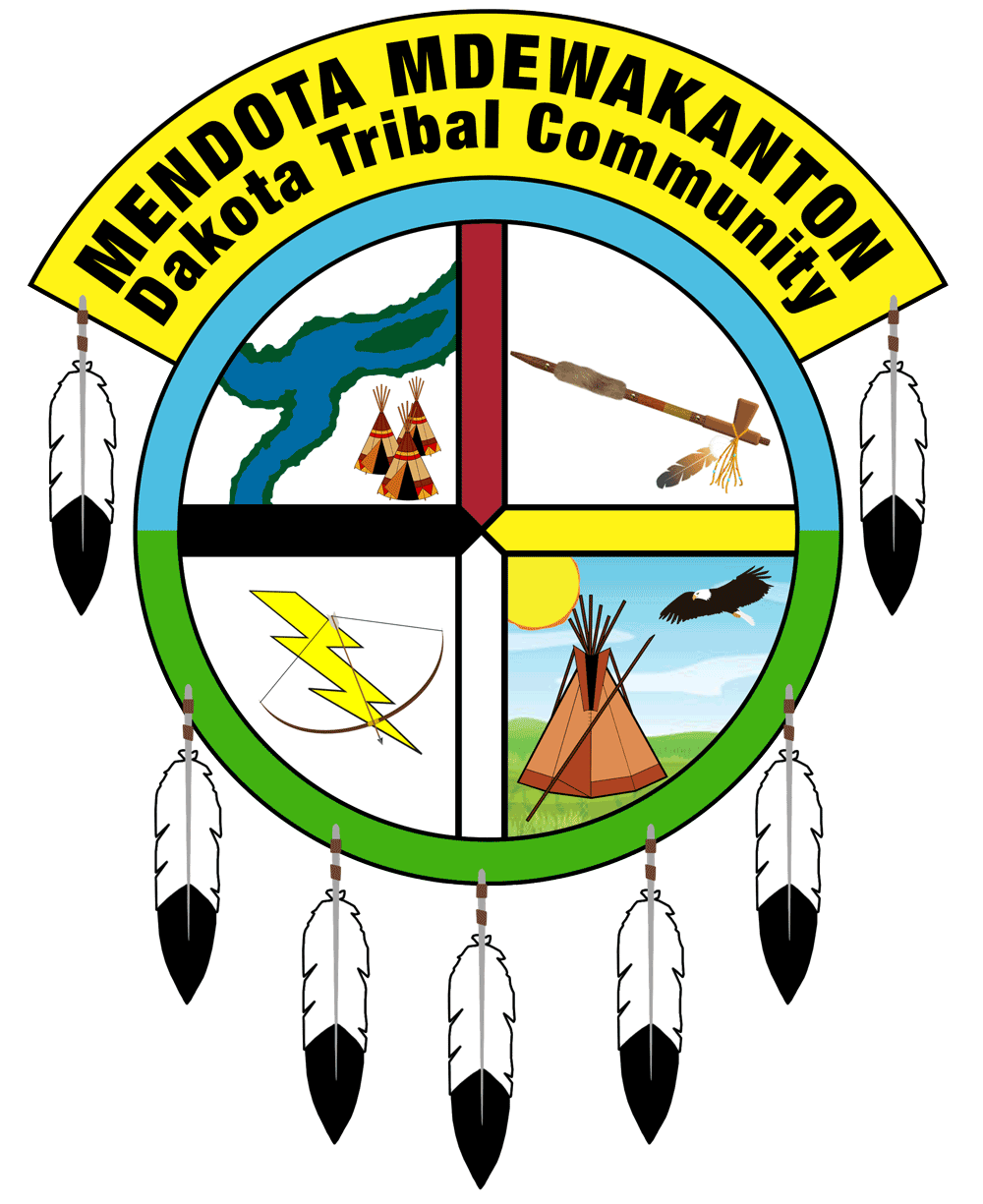Little Crow III (Dakota: July 3, 1863) was a chief of a band of the Mdewakanton people. The Mdewakanton had been displaced by the Ojibwe/Chippewa from their ancestoral lands around Milacs Lake. They relocated to the east side of the Mississippi river, between Wakan tipi and the Pigseye wetlands, until the area was ceded by treaty. The Kaposia tribe moved across the river from the wetlands to what is now South St. Paul where Little Crow was born. There were at least three chiefs called Little Crow, including his grandfather Cetanwakanmani literally “Hawk that hunts walking”) who was called “Petit Corbeau” by the French; his father Wakinyantanka “Big Thunder”; and most famously, Taoyateduta himself. The exact origins of the European name “Little Crow” are unclear. Some have suggested that it was a mistranslation of “Sparrowhawk,” while others have explained that the men were known to carry the wings of a crow on their backs or dangling from their belts.
Little Crow is notable for his role in negotiating the Treaty of Traverse des Sioux and the Treaty of Mendota in 1851. In the second he agreed to move his people to a narrow reservation on either side of the Minnesota River in exchange for annuities and goods. In the summer of 1862, the federal government failed to deliver annuities on time, leading to widespread starvation among the Dakota. There were rumors that the ‘Great Council’ of Congress had expended all their gold fighting the Civil War and did not have the money. Little Crow agreed, reluctantly at first, to support the decision of a Dakota war council in August 1862 to try to drive the settlers out of the region, and led several battles in the Dakota War of 1862.
Little Crow was shot and killed on July 3, 1863, by two settlers, a father and son. They scalped him and took his body to Hutchinson, Minnesota, where it was displayed and mutilated. The State paid the father $500 for killing Little Crow, and paid the son $75 for his scalp. Later his remains were exhumed by Army troops. In 1868 the Minnesota Historical Society acquired the scalp for display, joined later by the skull and wrist bones. In 1971 the society returned the State’s trophies to his grandson. He reunited his grandfather’s remains and had them reinterred at the First Presbyterian Church and Cemetery (Flandreau, South Dakota). Little Crow’s burial site was listed on the National Register of Historic Places in 2017.
